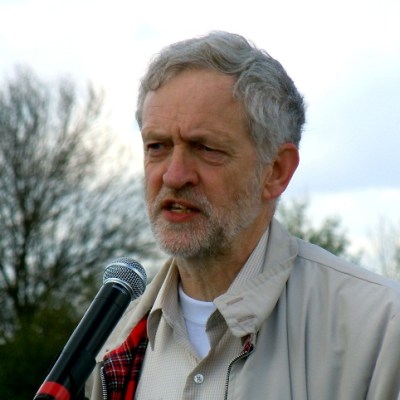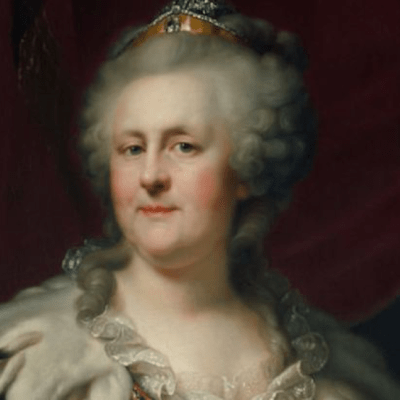The UK culture secretary John Whittingdale was last week accused of political interference, after it emerged that he had intervened in the appointment process for a new trustee at the National Portrait Gallery. The story throws the appointment of museum trustees, and indeed their role and responsibilities, into the spotlight – subjects that rarely make the press, despite their importance to our museum system.
The trustee system of governance for a charity or non-profit making body is a strong tradition in the United Kingdom and the United States – no truly equivalent word exists in French or German. For Britain (and the Netherlands), the concept derives from the Reformation, when the rule of the Church over charitable institutions was replaced by the rule of private individuals. In the USA, the system is livened up by the expectation that trustees will support their institution financially – which naturally gives them the expectation of power.
When the British Museum was set up in 1753 it was governed by a board of trustees, including such dignitaries as the Archbishop of Canterbury as well as representatives of donor families, with other trustees appointed by the government. The system has always applied in Britain to national museums, but the principle is firmly maintained that, whereas appointments are made in Downing Street, once appointed trustees have freedom of action. Their length of service and method of appointment are now more tightly controlled than in the past, but they enjoy considerable autonomy.
In the early days of London’s National Gallery, in the 1820s, such matters as lost umbrellas and the employment of housemaids were reported to the trustees, but nowadays this is not the case. In principle, trustees determine strategy and financial planning (for which they are ultimately responsible) and approve loans and acquisitions. How much detail reaches the board is very much a matter for the individual institution and depends on the crucial relationship between the director and his or her chairman. In a happily functioning museum the director and senior staff will generally be entrusted with general administration including the control of exhibitions and display, while calling on trustees for advice, contacts, fundraising and major decisions. In a less balanced place, the director may filter information so that not very much reaches the board (it can be a risky approach), or alternatively the chairman and trustees may involve themselves excessively in the running of the museum. The most important decision the trustees ever make is the appointment of their director – and quite often they bungle this decision. Firing the museum director is slightly less common in the UK than in the USA, but not rare – and again, that depends on the board.
The UK’s trustee system is perhaps a quirky one, but one of its strengths is that though appointments to the boards of national museums are made, following interviews, by Downing Street, it largely avoids the political pressures that apply for example in Spain, where a new government will appoint a new director of the Prado. It is of course tempting for politicians to meddle in the system but on the whole they have avoided doing that too much, at least on the surface. The evident interest of the current Secretary of State for Culture, Media and Sport in shaping the board of national museums is richly ironic in the context of a government set on intensive privatisation. It is hard to welcome the idea that the management of the arts should slide into political control at a time when the proportion of public support (per institution) for national museums is lower than it has ever been in the United Kingdom’s history.



